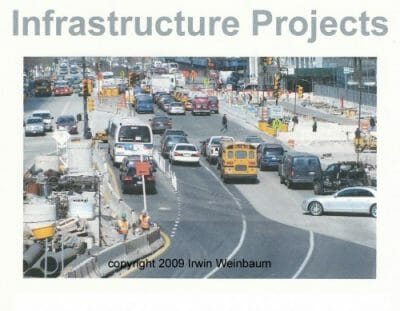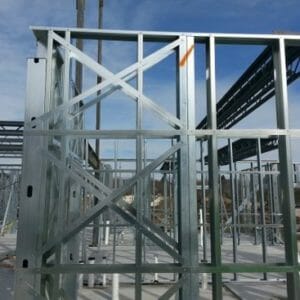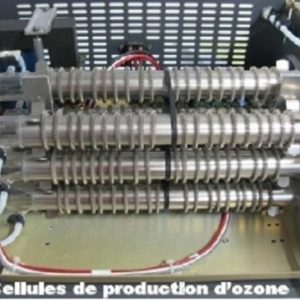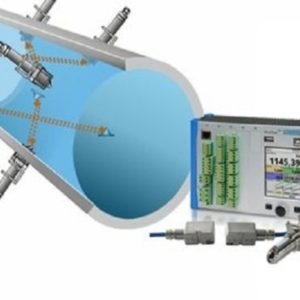E – 1436 Infrastructure Projects; Construction Technology – A Practical Guide to Construction Techniques and Practice
$150.00
Courses Included
On November 5, 2015 the House passed a $300 billion bill to improve roads and bridges. This is an excellent opportunity to sharpen your skills for designing, managing and constructing successful Infrastructure Projects. The media rich content includes photos and videos of major projects, many associated with the post 9/11 reconstruction of lower Manhattan. The Infrastructure Projects course is narrated by a recognized construction industry expert.
Description
On November 5, 2015 the House passed a $300 billion bill to improve roads and bridges. This is an excellent opportunity to sharpen your skills for designing, managing and constructing successful Infrastructure Projects. The media rich content includes photos and videos of major projects, many associated with the post 9/11 reconstruction of lower Manhattan. The Infrastructure Projects course is narrated by a recognized construction industry expert.
- Support of Excavation Basic – Part 1
- Support of Excavation Basic – Part 2
- Support of Excavation Advanced – Secant Pile Walls
- Support of Excavation Advanced – Slurry Walls
- Cut and Cover Tunnels – Part 1
- Cut and Cover Tunnels – Part 2
• Role of support of excavation (SOE) and its impact on the design of the structure.
• 29 CFR – Review of requirements with emphasis on soil characteristics and live loads.
• Impact of existing utilities on each of the support of excavation techniques.
• Trench box.
• Timber Sheeting.
• Soldier pile and lagging.
• Steel sheet piling.
• Review special requirements for driving steel sheet piling.
• Video showing the installation of steel sheet piling using a vibratory hammer driving double zee sheets
• Installation of waler for tiebacks. Pros and cons of struts vs tie backs for bracing
• Cross lot bracing. Typical installation of pipe struts and walers.
• Inclined rakers are used as bracing when cross lot bracing is infeasible.
• Constructing the foundation wall accommodating the rakers through the wall formwork.
• Dewatering – Deep well system. Ejector (eductor) system. Well point system.
• Secant pile wall. Primary hole, secondary hole.
• Starter wall and special drill rig to insure alignment.
• Impact of utilities.
• Video showing installation of starter holes.
• Video showing installation of secondary holes.
• Example of completed secant pile wall including struts and walers and tiebacks.
• Advantages of tiebacks vs. struts.
• Struts are preloaded with hydraulic jacks supported on end brackets.
• Early use of slurry walls at World Trade Center.
• Definitions – Slurry wall – Diaphragm Wall.
• Video showing construction of slurry walls.
• Explanation of tremie method for placing concrete under water.
• Video showing the tremie method for placing concrete.
• Top down construction using slurry walls as permanent walls.
• Applications of slurry walls for deep excavations.
• Historic application of cut and cover tunnel technique.
• Modern application of cut and cover technique – Street level view.
• Modern application of cut and cover technique – View below street level.
• Deck beams.
• Careful preparation of an existing live utility manhole.
• Video 1 – Installing deck beams and concrete panels.
• Underpinning existing subway structure.
• Constructing below the existing structure.
• Video 2 – Mezzanine level below the existing structure.
• Timber vs. concrete decking.
• Video excerpts from the Discovery Channel.
• Rock blasting – blast mats.
• Mixed face tunnel.
• Defining terms and procedures. Mud slab, sand wall.
• Waterproofing.
• Underpinning existing subway structures with drilled piles.
• Single face forms for sand wall.
• Constructing the tunnel structure.
• Restoring existing utilities and backfilling new tunnel






